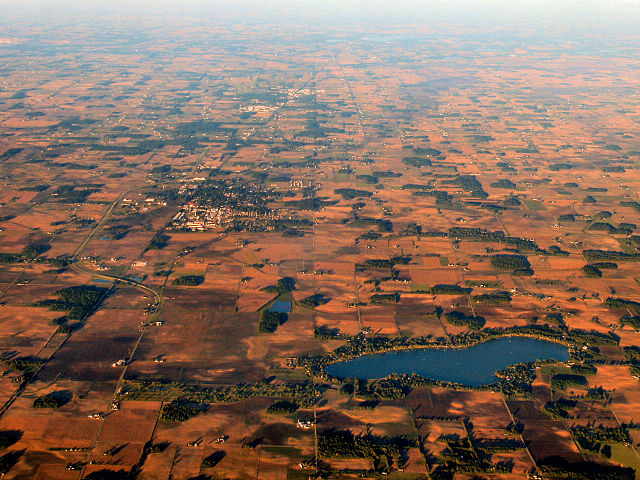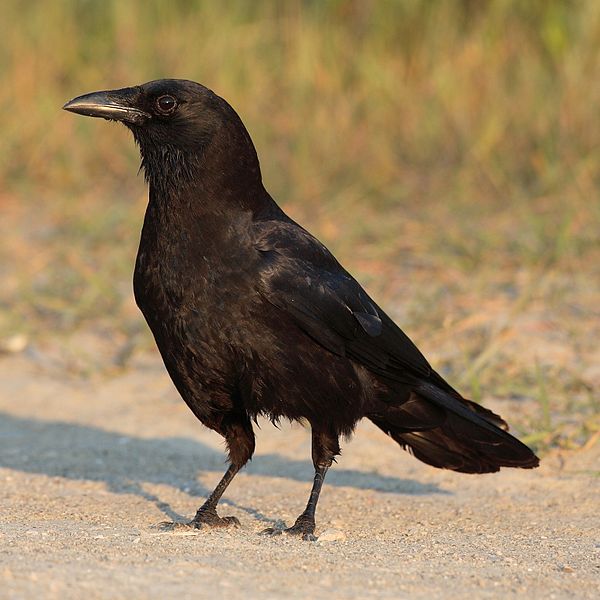Biological integrity is associated with how "pristine" an environment is and its function relative to the potential or original state of an ecosystem before human alterations were imposed. Biological integrity is built on the assumption that a decline in the values of an ecosystem's functions are primarily caused by human activity or alterations. The more an environment and its original processes are altered, the less biological integrity it holds for the community as a whole. If these processes were to change over time naturally, without human influence, the integrity of the ecosystem would remain intact. The integrity of the ecosystem relies heavily on the processes that occur within it because those determine what organisms can inhabit an area and the complexities of their interactions. Most of the applications of the notion of biological integrity have addressed aquatic environments, but there have been efforts to apply the concept to terrestrial environments. Determining the pristine condition of the ecosystem is in theory scientifically derived, but deciding which of the many possible states or conditions of an ecosystem is the appropriate or desirable goal is a political or policy decision and is typically the focus of policy and political disagreements. Ecosystem health is a related concept but differs from biological integrity in that the "desired condition" of the ecosystem or environment is explicitly based on the values or priorities of society.

Bremen Lake, Indiana
A bioindicator is any species or group of species whose function, population, or status can reveal the qualitative status of the environment. The most common indicator species are animals. For example, copepods and other small water crustaceans that are present in many water bodies can be monitored for changes that may indicate a problem within their ecosystem. Bioindicators can tell us about the cumulative effects of different pollutants in the ecosystem and about how long a problem may have been present, which physical and chemical testing cannot.
Caddisfly (order Trichoptera), a macroinvertebrate used as an indicator of water quality.
The lichen Lobaria pulmonaria is sensitive to air pollution.
Populations of American crows (Corvus brachyrhynchos) are especially susceptible to the West Nile Virus, and can be used as a bioindicator species for the disease's presence in an area.




